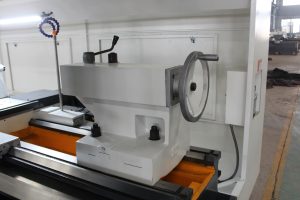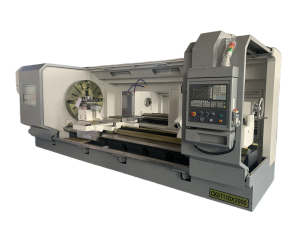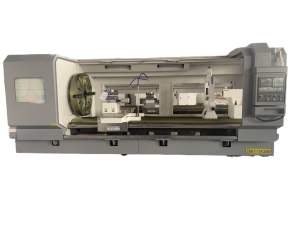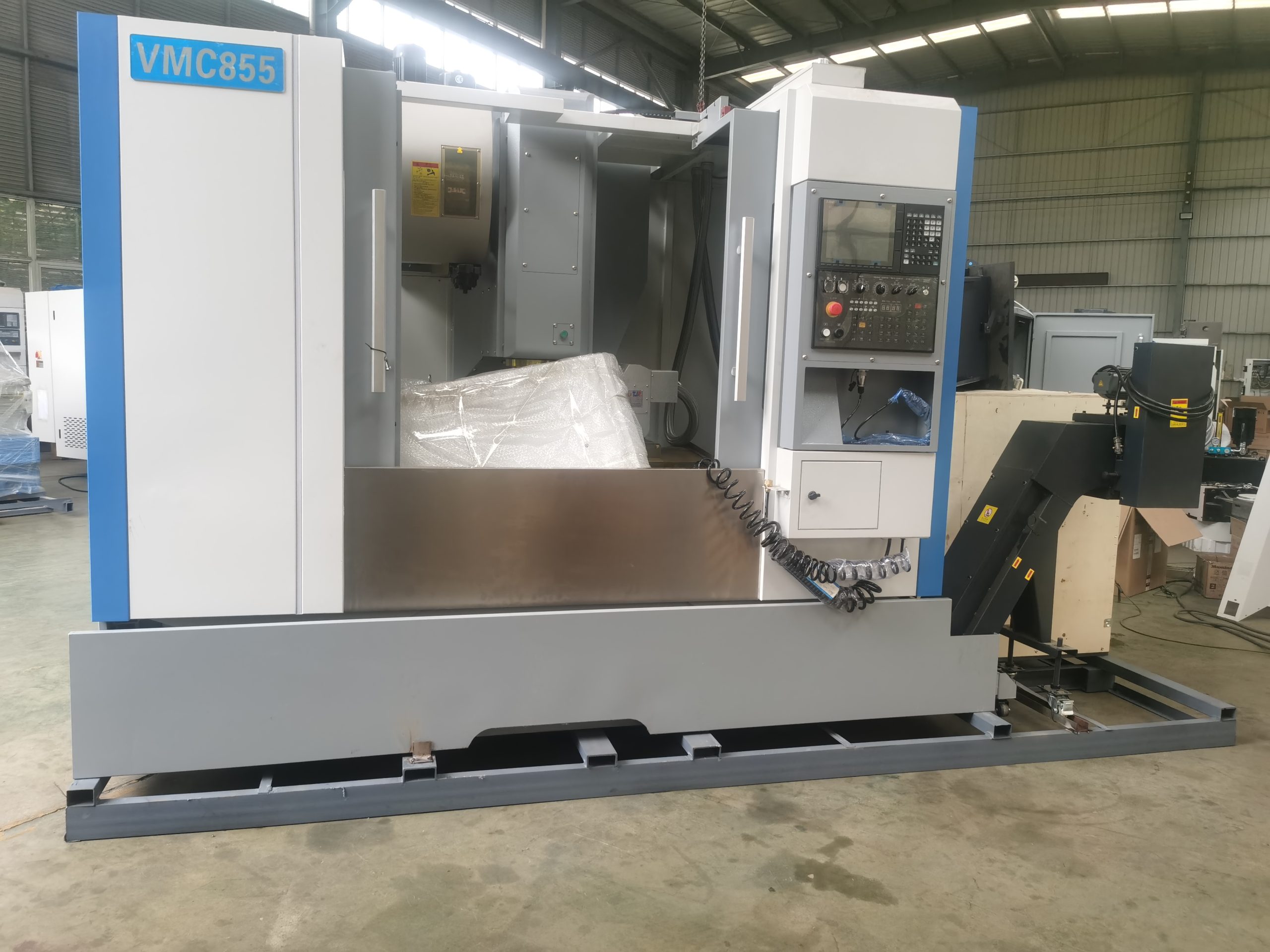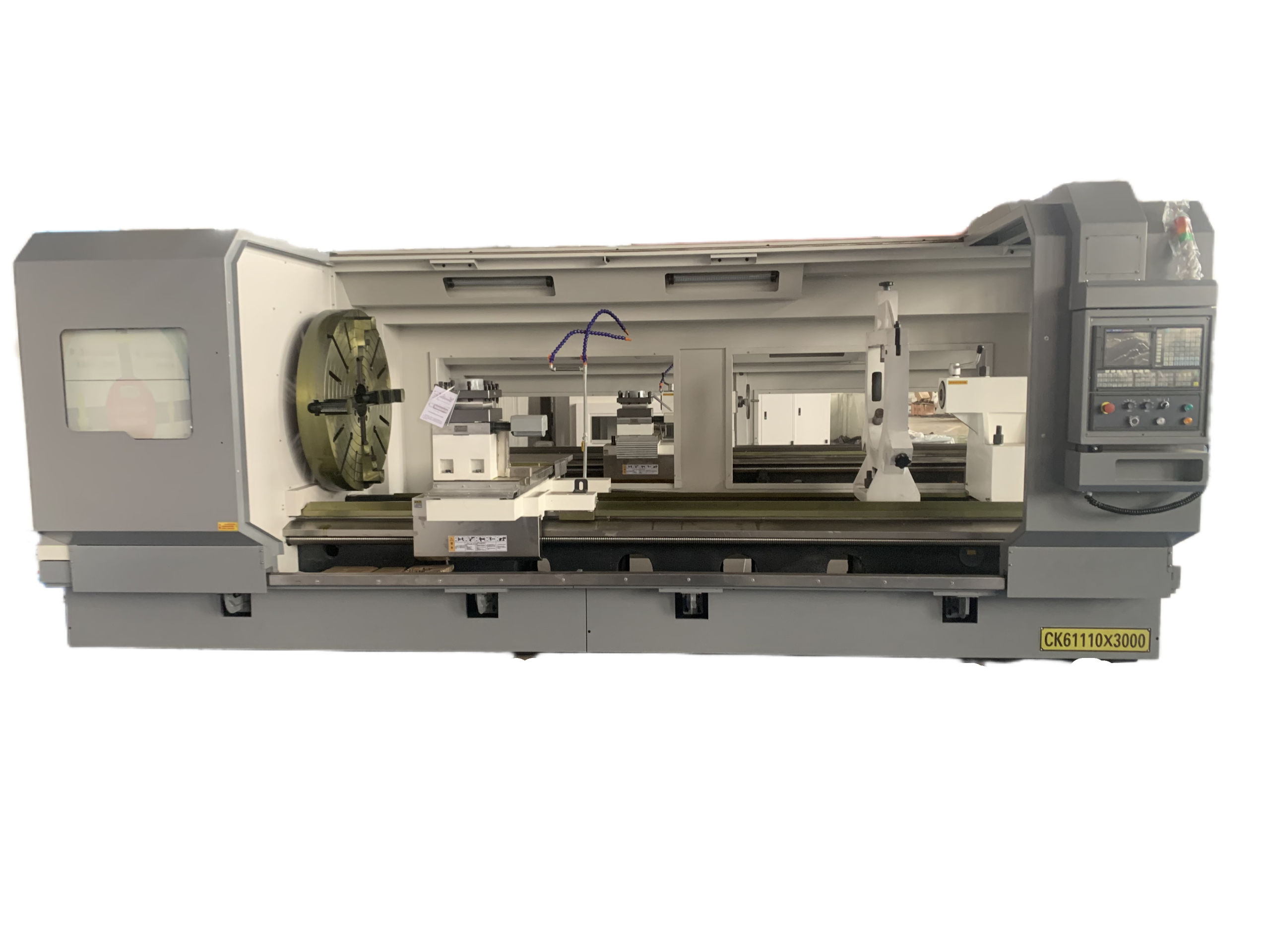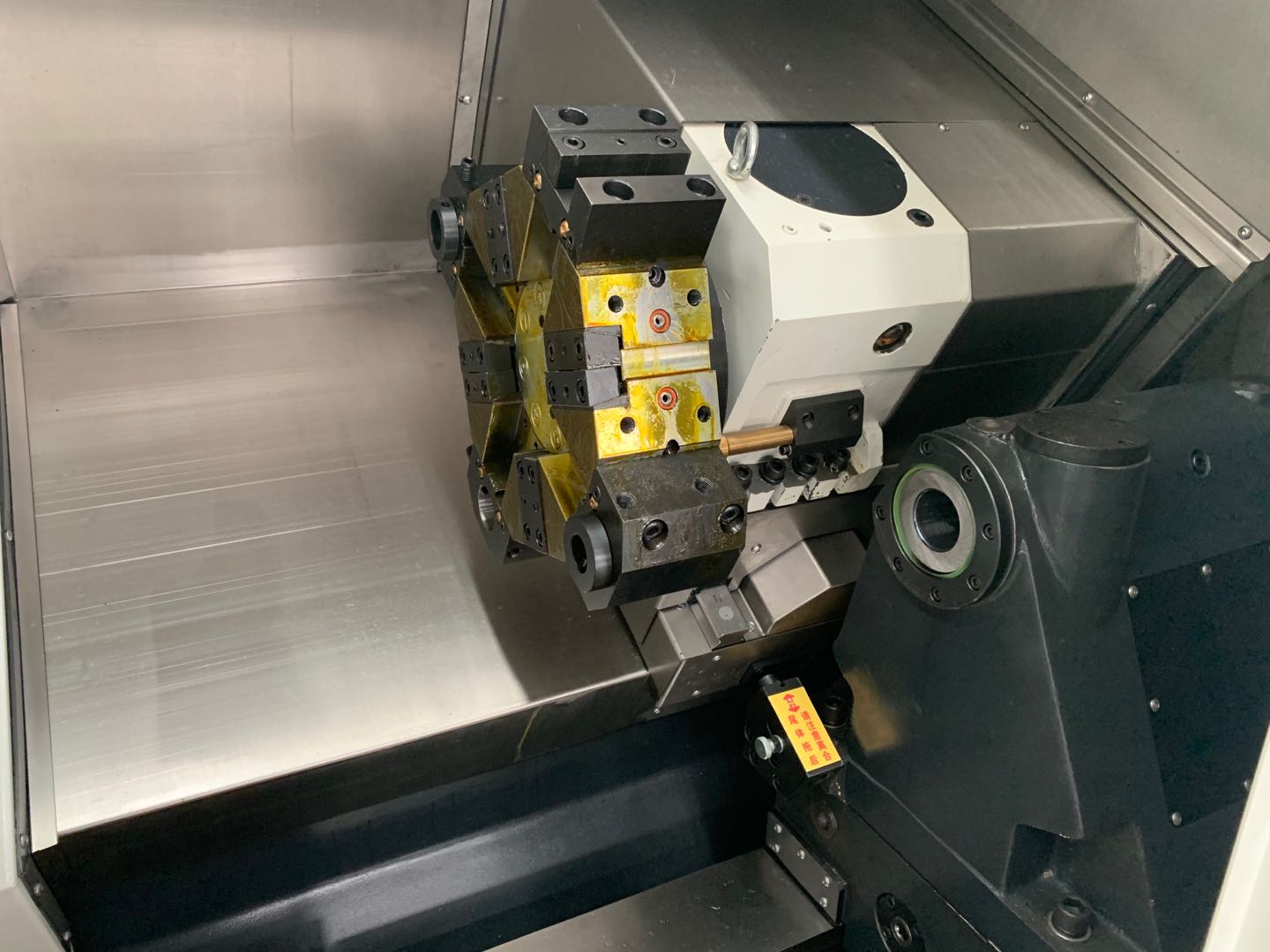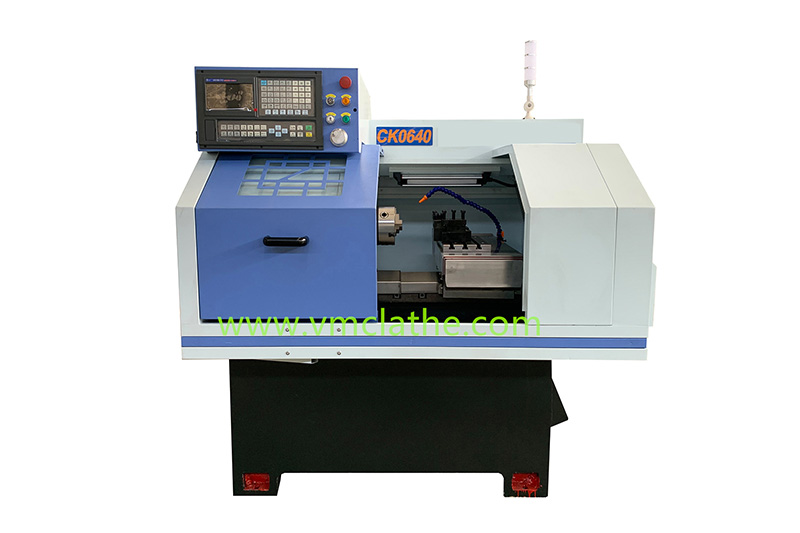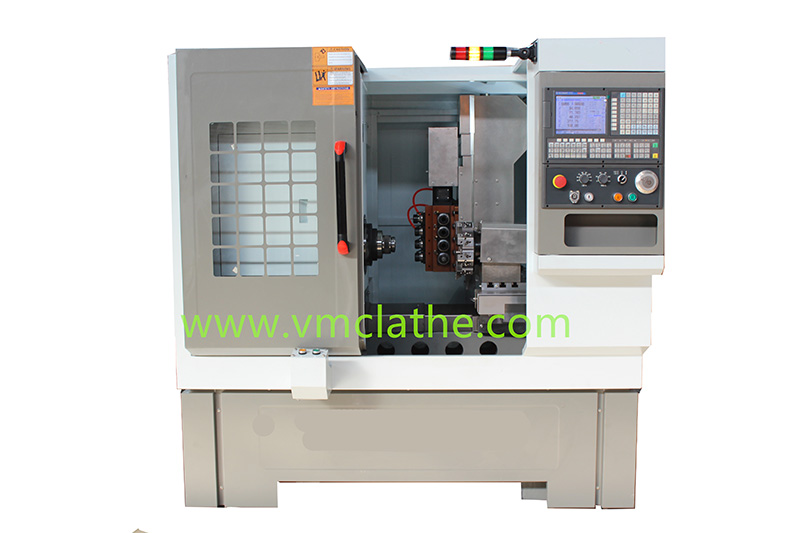Key Process Steps in Drive Shaft Machining
1. Blank Preparation and Clamping
A. Blank Selection: Select hot-rolled round steel (e.g., 60mm diameter, 250mm length) based on the drive shaft dimensions. The material is typically 45 steel, which meets general transmission requirements.
B. Clamping Plan:
a) First Clamping: Clamp the outer diameter of the blank using a three-jaw self-centering chuck, turn the end face, and drill the center hole to provide a reference for subsequent machining.
b) Second Clamping: Clamp the machined cylindrical surface (e.g., 30mm diameter) using soft jaws. Double-center positioning ensures coaxiality and reduces clamping errors.
2. Rough Machining Stage
A. External Rough Turning: Use a carbide rough turning tool and the G71 cycle command to quickly remove most of the stock, leaving a 0.5-1mm finishing allowance. B. Thread Pre-machining: If the drive shaft includes threads (e.g., M30×2-6g), the thread base diameter (e.g., 29.8mm diameter) must be machined first to provide a foundation for subsequent thread turning.
3. Finishing Stage
A. External Finish Turning: Use a finishing turning tool, control the cutting depth (e.g., 0.25mm) and feed rate to achieve a surface roughness of Ra 0.8-1.6μm.
B. Thread Machining: Use a 60° thread cutter and execute G92 or G76 commands in multiple cuts (rough turning ap = 0.4mm, finish turning ap = 0.1mm) to ensure thread accuracy.
C. Grooving and Arc Machining:
a) Grooving: Use a 4mm-width grooving tool to create undercuts or grinding wheel overtravel grooves.
b) Arc Surfaces: Use an external turning tool with a negative 30° deflection angle and execute G02/G03 commands to create arc surfaces such as R6 and R5 to avoid interference. 4. Special Structural Machining
A. Keyway Machining: If the drive shaft includes a keyway, it must be milled on a milling machine after semi-finish turning and before fine grinding to ensure positioning reference accuracy.
B. Deep Hole Machining: For drive shafts with a center hole, a workpiece rotation and tool axial feed method is used. Drill the hole with a twist drill and then fine turn the inner hole.

